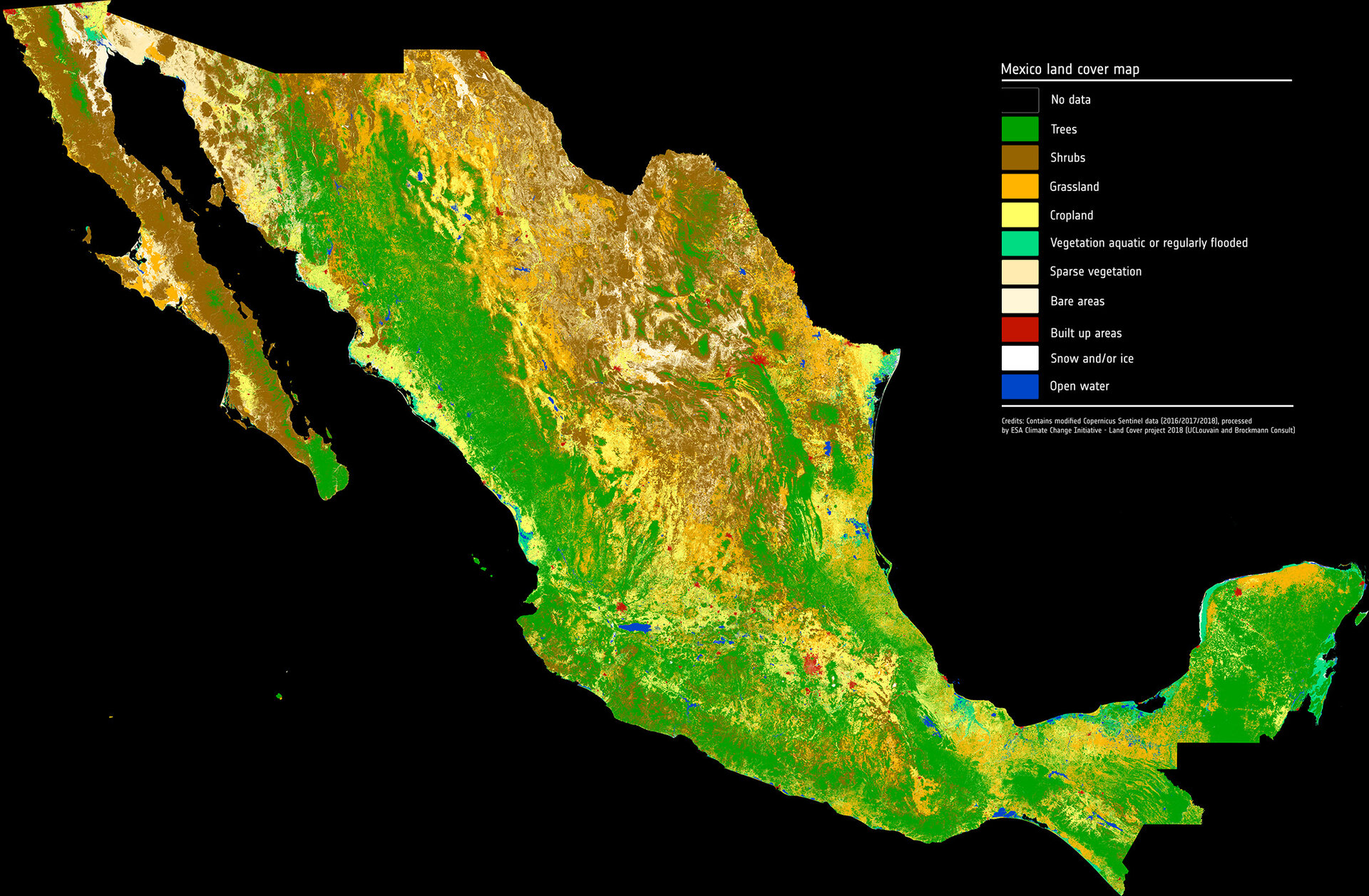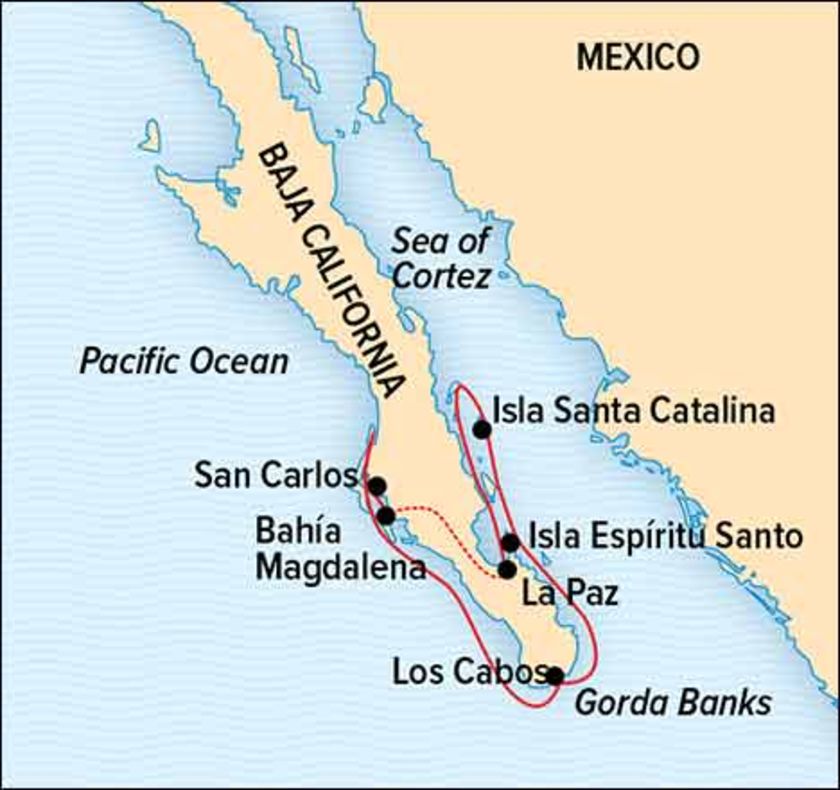

Standard daily position time series can be used to measure long-term deformation, temporal changes, and station displacements from events such as earthquakes (e.g.

Global Network Satellite System (GNSS), of which Global Positioning System (GPS) is a subset, produces position time series at distributed stations in a network (Fig. Processes occurring at depth can then be inferred from the surface deformation. The different types of measurements are sensitive to different temporal and spatial scales and can be fused to improve the overall measurement of surface deformation. GeoGateway focuses on measurement of crustal deformation from ground-based and remotely sensed geodetic imaging observations. The methods can also be applied to the study of landslides or other processes that deform or disrupt the land surface. Geodetic observations fill in a large data gap on temporal and spatial scales that are otherwise difficult to observe.

Geodetic methods measure deformation from tectonic strain accumulation, earthquake fault slip, and postseismic response following earthquakes.
Geotiff maps baja california crack#
Seismometers measure earthquakes and their aftershocks, and geologic observations can document long-term fault motions, crack patterns, and offsets from surface rupturing earthquakes. Understanding crustal properties and how strain accumulates and is released is key to better understanding earthquakes and the hazards they pose. The stress accumulation that leads to earthquakes is a long-term process, driven by motion of Earth’s tectonic plates. GeoGateway is used in the classroom and for research by experts and non-experts including by students.Įarthquakes happen nearly instantaneously, causing shaking large events near populated areas can cause damage and loss of life. The GeoGateway development team is also growing the user base through workshops, webinars, and video tutorials. A user guide is present in the GeoGateway interface. GeoGateway also provides earthquake nowcasts and hazard maps as well as products created for related response to natural disasters. GeoGateway includes overlays of California fault traces, seismicity from user selected search parameters, and user supplied map files. Extracted products can be downloaded for further analysis. GeoGateway allows users to layer data products in a web map interface and extract information from various tools. Geodetic imaging data product currently supported by GeoGateway include Global Navigation Satellite System (GNSS) daily position time series and derived velocities and displacements and airborne Interferometric Synthetic Aperture Radar (InSAR) from NASA’s UAVSAR platform. GeoGateway ( ) is a web-based interface for analysis and modeling of geodetic imaging data and to support response to related disasters.


 0 kommentar(er)
0 kommentar(er)
